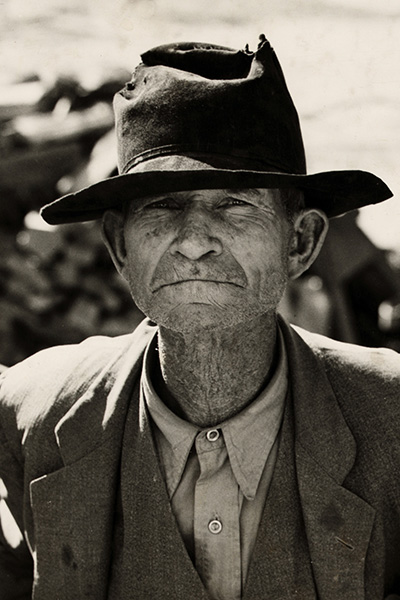
Dorothea Lange, her social vision
The photographer Dorothea Lange created the iconic photos of the Great Depression in the United States in the 1930’s. With great sensitivity and a curious eye, she captured and documented the misery of the people who had faith in the future. Her social work continued during the Second World War by documenting the dispossession of Japanese families that have established in America for several decades. As a photograph artist for documentaries, Dorothea Lange is without a doubt the most recognized in America, despite the sustained criticism she received during her time. She managed to integrate the analysis of places, of people and of economic forces that were influencing the society. Her central guideline was concentrated on the importance of social justice.
Born in 1895 in New Jersey, and died in 1965. Two traumas during her childhood have forged her personality: at 7 years old, polio, and at 12 years old, her father abandoned the family, the source of her ability to identify with the marginal figures of the society.
Influenced and shaped by the aesthetic values and pictorialism of the turn of the century.
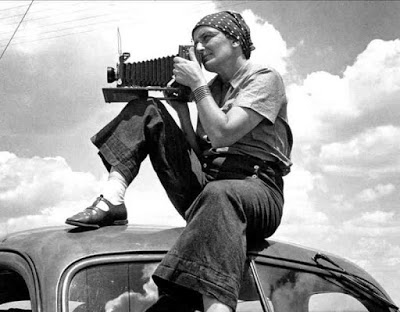
Dorothea Lange, Photographer, documentarian and portraitist, field work
In 1918, she moved to San Francisco and established a photo studio as a portraitist that she operated for 15 years. She quickly became recognized as a young talented artist. She defined her style as a portraitist and rejected the aesthetics of pictorialism. She created images that highlighted the individuality of her customers and gave them a sense of vitality. She did not use accessories and forced smiles.
With the arrival of the Great Depression in the early 1930’s, she found herself being unemployed. She transformed into a street photographer. By coincidence, in 1934, she landed a job for the account of FSA (Farm Security Administration). The New Deal by Franklin Roosevelt was to consolidate the economy, industry and agriculture. The FSA had as task to document the disastrous situation of the Rural America.
Contributed to humanize the consequences of the Depression and to accelerate the government’s commitment to assist migrants.
During the 30 following years, she worked as a photographer for the government (between 1934 and 1945) and then on a freelance basis. She documented the problems related to the recession, such as the erosion of soils, drought and abandoned farms. She focused her efforts to illustrate the impact of problems on migrants by using her experience as a portraitist.
She knew the importance of communicating with the subjects to express a body language that was spontaneous and natural.
Her anti-racial convictions allowed the documentation of the black population affected by the recession, however these pictures remained unreleased to avoid political conflicts. Later, in 1942, during the relocation period of populations of Japanese origin, she managed to capture the troubling evidence of racism of the time. On this basis, she was dismissed and the images were confiscated by the Government. It was only in 2006 that these images were finally able to be published.
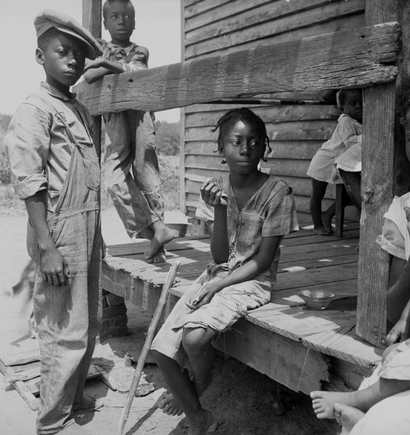
Dorothea Lange during the Great Depression
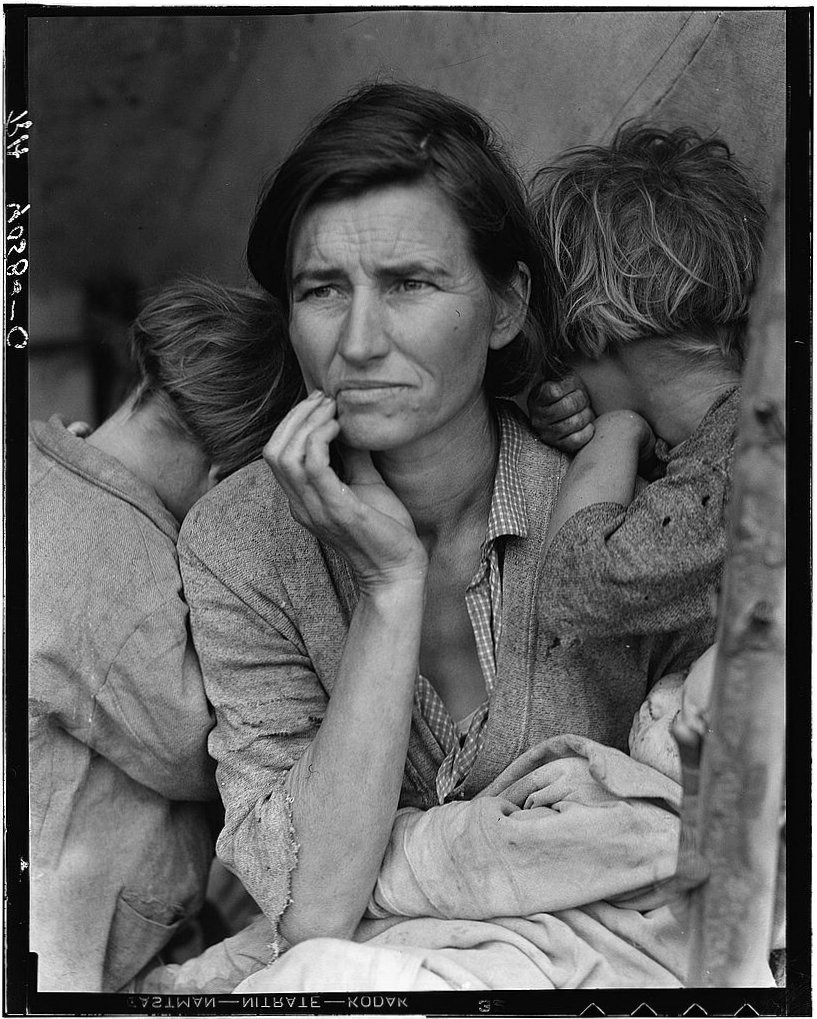
Florence Owens Thompson, 32 years old, 7 children
1936, weight sorters camp, 25,000 migrants lived in the camp
Metaphor of the human distress
Lange recounted her experience with Florence and her fear to establish communication with her family
Tight framing without the context, timeless image, the representation of the Virgin with children of the middle-age
Last image of a sequence of 5, when the children were not paying attention to the camera
Aesthetic transfiguration of the human suffering with the purpose to mobilize compassion
Lange was aware of the suggestive force of this Madonna of modern times.
Lange received some criticism for using her portraitist staging techniques to create this image, by asking the children to turn around to better highlight the beauty and the emotions of the mother, thus reducing the documentary quality of the document. Lange replied that she was in search of a deeper truth.
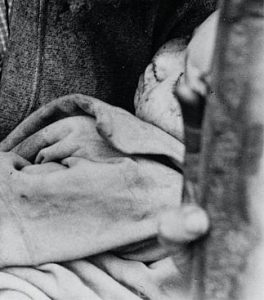
Famous thumb registered on the original snapshot, subsequently erased, causing a controversy.
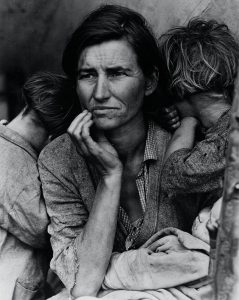
The source of controversy, after the contested editing of the thumb
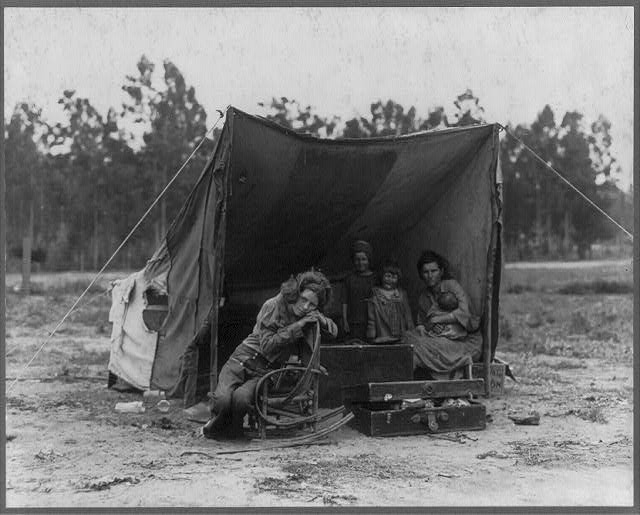
Lange told the story of how the contact with the family was made. First hesitant, she took her photos from afar and approached them gradually.
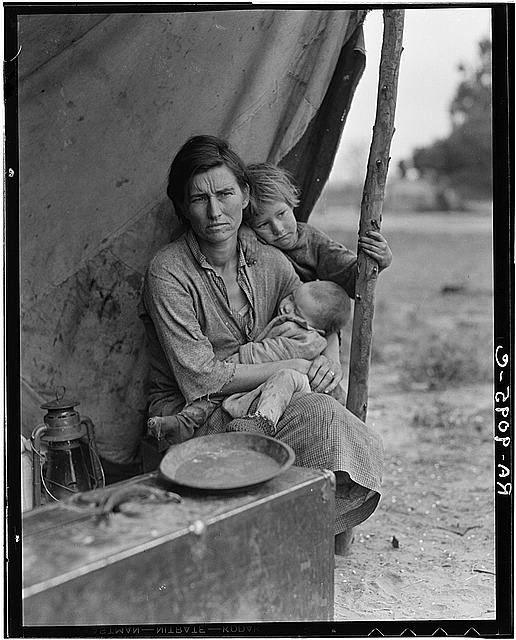
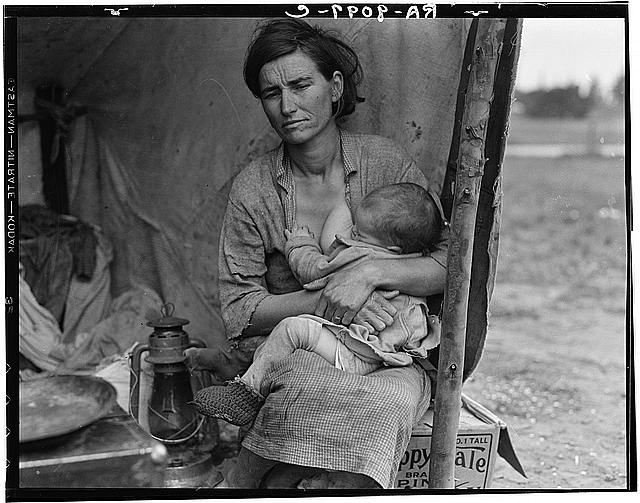
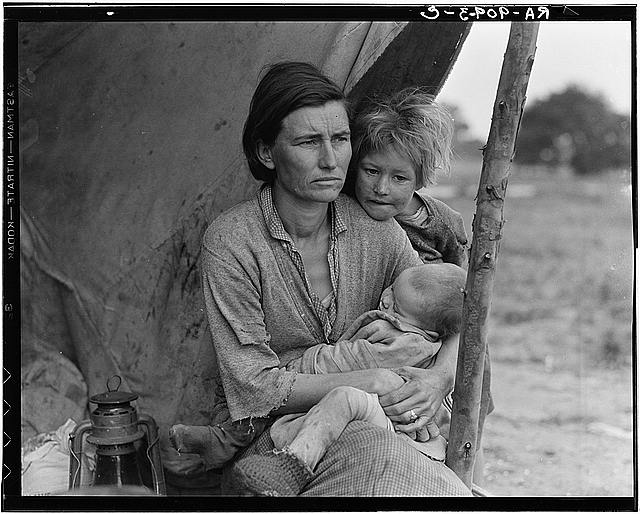
In 1998, an auction by Sotheby for an unedited photo of 34.3 by 26.7 cm was sold for $244,500.

The ceiling of the Sixtine chapel
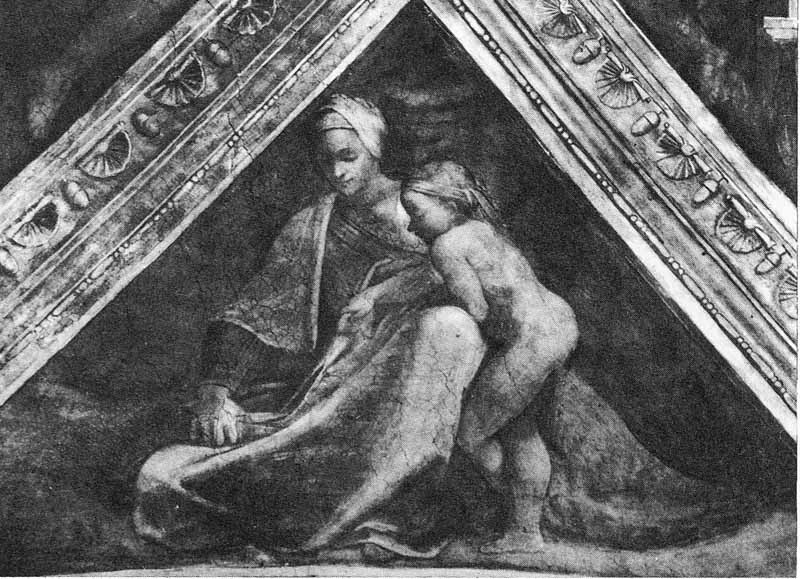
The ceiling of the Sixtine chapel, details of a cornice
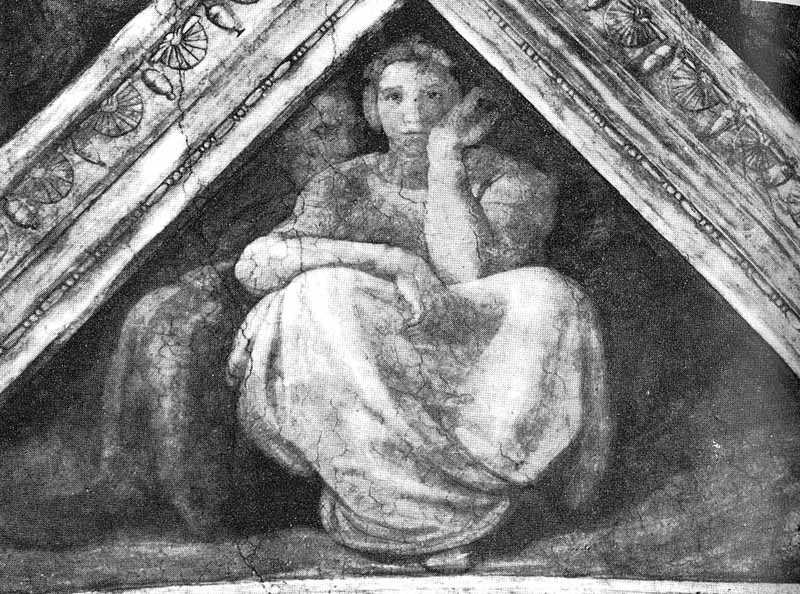
The ceiling of the Sixtine chapel, details of the Virgin
The Second World War Era (1935 – 1945)
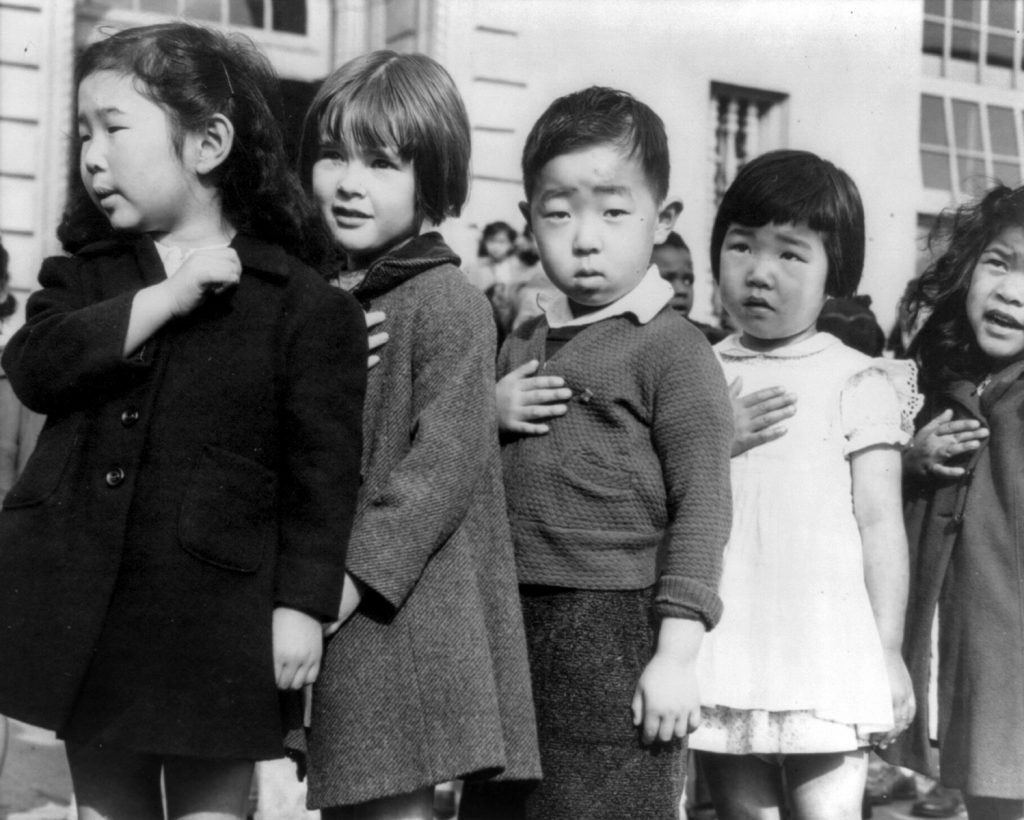
American children of Japanese origins promising allegiance in 1942

Photos of the dispossession of Japanese families by Lange were withdrawn from circulation by the U.S. Army and deposited in the National Archives. They were published for the first time in 2006.
The Family of Man
Participated in the exhibition “The Family of Man” in support of Edward Steichen In 1953
Viewed by 9 million visitors everywhere on the planet.
Retrieved her snapshots from the FSA
References, Dorothea Lange
The Depression Era Photography of Dorothea Lange
Dorothea Lange Censored Photographs of FDR’s Japanese Concentration Camps
SF MOMA Dorothea Lange Collection
Artsy Dorothea Lange , Collection of photographs



No Comments